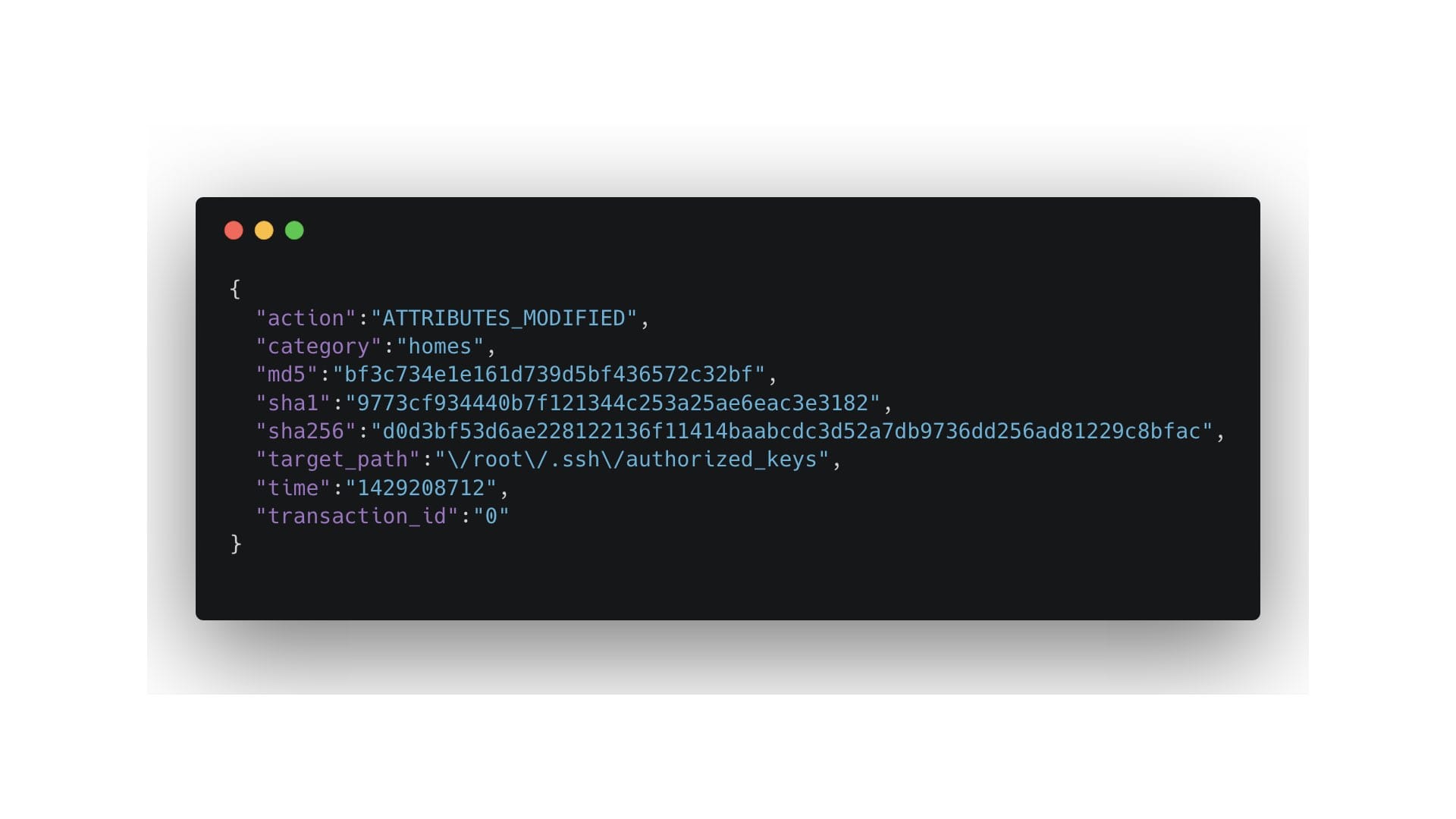
- #Osquery monitor java process trial#
- #Osquery monitor java process download#
Sometimes, you need a complete point-in-time view of the data that a query returns. Scheduled snapshotsĪ differential query doesn't always make sense for a particular dataset. Being able to answer questions about system changes is important for security, incident response, troubleshooting, and outage response situations. This differential approach allows you to build tooling that monitors Osquery logs and reports on system state changes. Cheat sheet: Old Linux commands and their modern replacements.Linux system administration skills assessment.A guide to installing applications on Linux.
#Osquery monitor java process download#
Download RHEL 9 at no charge through the Red Hat Developer program. The next set of query results shows that the data (and subsequently the users) have been removed since the last run of the query: ~]# tail -n 2 /var/log/osquery/ | jq "action": you can delete the users from the system, and Osquery will report them as removed: ~]# userdel -r ~]# userdel -r testuser2 The action is added, indicating that these rows of data have been added since the last query: ~]# cat /var/log/osquery/ | jq The query results show the addition of two users. You can see this in action by adding two users to the system and looking at the query results: ~]# useradd ~]# useradd testuser2 The "action" field in the JSON log indicates whether a row in the table was added or removed since the query was last run. Scheduled queries provide a differential between each point in time when the query was run. Each log entry contains metadata, such as the query execution time and the columns of data that the query returned: ~]# cat /var/log/osquery/ | jq Osquery logs to the filesystem by default by sending JSON output to a log file located at /var/log/osquery/. The daemon will start and begin executing the scheduled queries. Once the configuration file is in place, you can use the osqueryctl command to start, restart, or stop the Osquery daemon: ~]# osqueryctl start "query": "SELECT uid,username,shell FROM users WHERE uid >= 1000 ", The example file below will run a query every five seconds to obtain the user ID (UID), username, and shell for any users with a UID greater than or equal to 1000: ~]# cat /etc/osquery/nf The configuration is a JSON object that specifies certain global options and defines a schedule of queries to execute. The default configuration file is located at /etc/osquery/nf, although you can change this by passing flags to the service. 
Setting up a basic scheduled query involves adding the query to Osquery's configuration file and starting the Osquery daemon. Automate Red Hat Enterprise Linux with Ansible and Satellite.
#Osquery monitor java process trial#
Ansible Automation Platform trial subscription.A system administrator's guide to IT automation.Ansible Automation Platform beginner's guide.





 0 kommentar(er)
0 kommentar(er)
